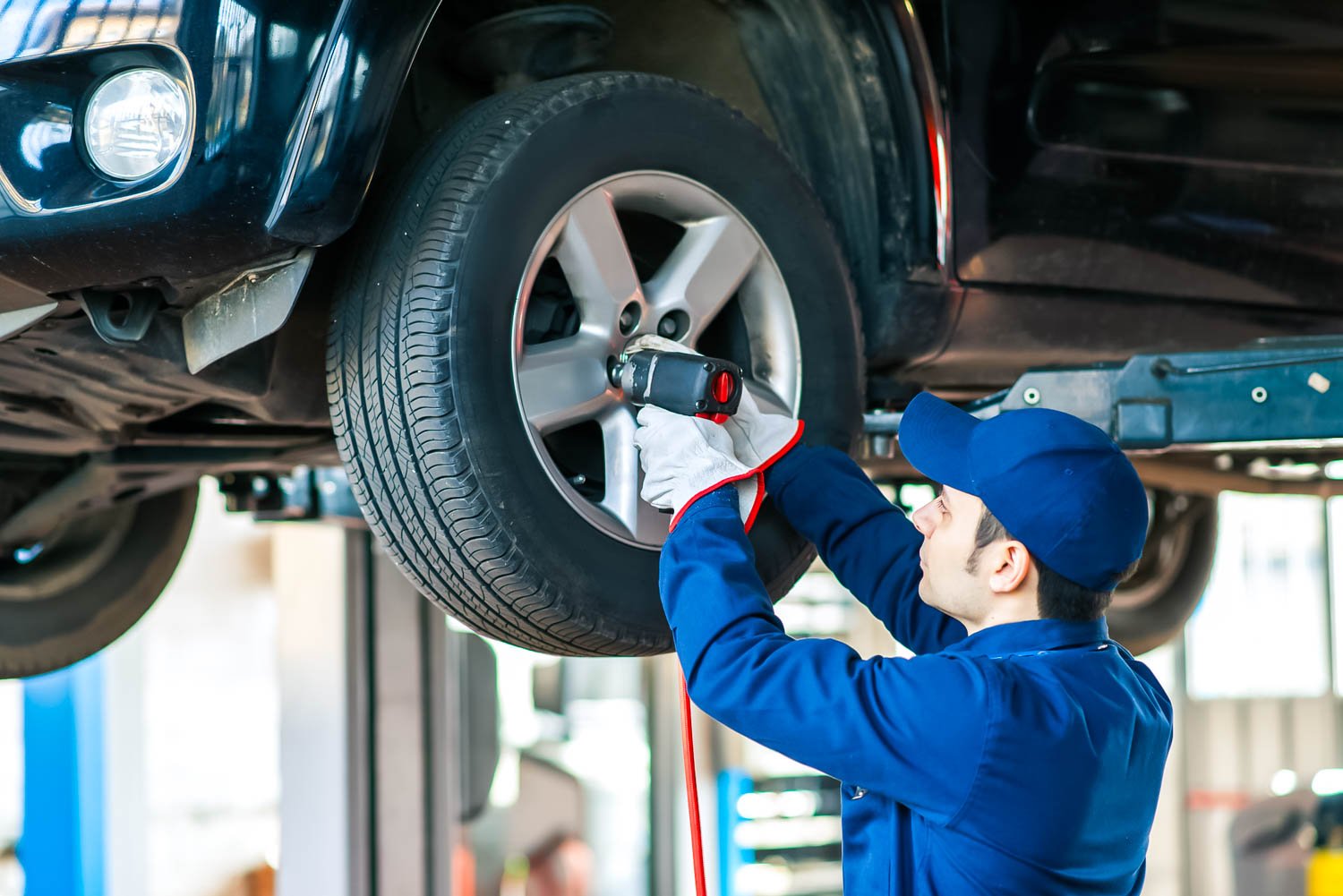
Nobody wants to deal with fleet accidents and the ensuing liability and legal issues. The unfortunate truth is, even one bad accident can be extremely costly to your business and possibly damaging to your reputation.
At best, you could lose a vehicle and need to pay for unexpected repairs. At worst, lives could be lost, and your company could be on the hook for hundreds of thousands of dollars — sometimes even more.
So if you’re looking for simple guidelines on how to improve fleet safety, this blog offers seven complementary tactics that form a solid fleet safety strategy to protect your employees, your business, and your community.
1. Create a culture that incentivizes fleet safety
Creating a culture of safety means that everyone in your company, from leadership to drivers, buys into the concept of safety being a consistent priority.
Ideally, there is a person (or team) that takes the lead with safety initiatives and discussions. But it’s also important that employees at all levels are invited to contribute to safety discussions and feel like their voices are being heard. Open and honest communication is key, and it should flow in all directions.
The truth is, if you try to force changes to safety policy without employee buy-in, you could be faced with resistance and possibly non-compliance.
An effective strategy to increase compliance, and even make it fun, is to incentivize safety and reward safe driving behaviours using gamification (where the safest drivers are rewarded with monetary bonuses, extra vacation days, or other benefits). Managing these programs is easier if you have monitoring tools in place such as telematics or driving apps (which we’ll discuss further later in the blog).

2. Invest in driver safety training
Driver safety training is the cornerstone of any fleet safety program and is an essential investment. While there is, of course, a cost associated with driver safety training, it’s an investment that will pay off in the long run, with reduced (or prevented) accidents, repairs, and liability costs. Once you have buy-in for driver training, it’s important to consider its management and structure:
- Who and how will you administer the training?
- What kinds of training do you want to provide?
- How often will you audit drivers and revisit training?
The best strategy is a mix of online and in-car training, which provides a well-rounded education to your employees to ensure safe driving behaviours are a part of your culture. Here at Foss, we can help you answer the above questions and structure a driver training program in a way that works for your company and budget.
3. Ensure compliance with your fleet safety policy
A fleet policy documents your company’s commitment to safety and ensures everyone has quick and easy access to the rules and regulations at any time. Successful compliance is directly related to your culture of safety and ensuring open and inclusive safety communication. Getting buy-in from senior management and employees alike during the policy planning stage is key. Plan to meet with all the people who will be following the policy in their day-to-day operations so you can address their concerns and integrate their ideas in the policy development stage. This will minimize resistance when the finalized policy is presented.
Once the policy is finalized, meet or video conference with end-users to cover the policy together and ensure it’s understood in its entirety. Finally, plan to revisit the policy on a regular basis to make any required changes over time.

4. Choose the right vehicles and keep them maintained
When it comes time to lease or purchase new vehicles, it’s vitally important that you choose the right vehicle for the job. This element of your fleet program ensures drivers are set up to do their jobs safely and efficiently. The good news is that today, new vehicles come with safety systems that help reduce or prevent accidents.
In addition, the right upfitting will keep equipment and company supplies organized and easily accessible. It may seem obvious, but keeping your drivers’ preferred seat settings pre-programmed and in mind will help you plan an upfit that keeps them comfortable and safe.
Also important is to keep up with preventive maintenance. This key safety move will prevent dangerous breakdowns, failures, and other vehicle issues. A documented maintenance schedule will ensure you don’t miss a maintenance interval and that all vehicles in your fleet are running smoothly and safely for your employees.
5. Monitor driver behaviour
Understanding how employees are actually driving is an essential fleet safety management strategy to identify potential safety threats before they turn into catastrophes.
One way of finding out is to access driver abstract reports which detail the employee’s historical driving record. It’s a good rule of thumb to review these once a year so you can identify whether certain employees would benefit from remedial driver safety training, and in which specific driving areas.
Another tactic is to install telematics into your vehicles or have employees install safe driving apps on their cell phones. These technologies monitor driving behaviours in real-time and provide you with vital factual information that helps with decision-making.
Both technologies report on driver data like speeding, acceleration, and deceleration as well as distracted driving-related metrics. The information is invaluable in allowing you to target safety issues among your drivers, and at the same time reward those drivers who have the highest driver safety scores in a given time period.
At Foss, we partner with Geotab for telematics software, and eDriving for their Mentor driving app.

6. Educate drivers on seasonal driving
It never hurts to remind drivers to adjust their driving at certain times of the year. Obviously, the winter season generally comes with the most challenges, but the fall season, as well as spring, and summer all bring their own issues.
7. Put an accident-management program in place
Even with the most robust safety program, accidents still happen. And when they do, having a well-established accident management program in place ensures drivers know exactly what to do, and that emergency services are dispatched as soon as possible. The program also takes care of insurance claims and healthcare arrangements.
Conclusion
An ounce of prevention is worth a pound of cure. This is so true when it comes to the safety of your drivers and the proper function of your fleet vehicles.
The fleet safety best practices we’ve outlined in this blog are based on our decades of experience with fleet management, and the benefits make real business sense. Don’t let a serious accident happen before you decide to invest in a fleet safety program.
Our advice to you is to be proactive, follow these guidelines, and make safety a priority today. The benefits are reflected in a safer, more engaged driver workforce, and a healthier bottom line.
Get to Know the Author
Deborah is a seasoned Account Manager with 25 years’ experience in the Fleet Management Industry. Partnering with clients and driven by relationships, Deborah enjoys managing and delivering customized approaches to fleet management for clients of all sizes.
Having gained experience over the years in the areas of marketing, sales and customer service, her dedication and commitment to her clients and internal partners builds a strong foundation to deliver the best possible service and solutions to challenges while strengthening relationships with trust.
Deborah has received much recognition for her dedication and passion over the years through Customer and Ambassador Service Awards, Quality Operations and Presidents Awards, and the great reward of giving time in volunteering for organizations such as CCS and Sick Kids.
Meet our team







